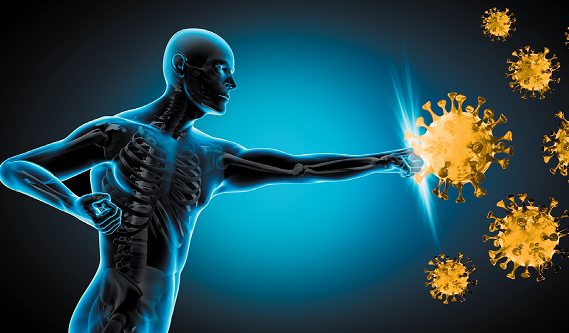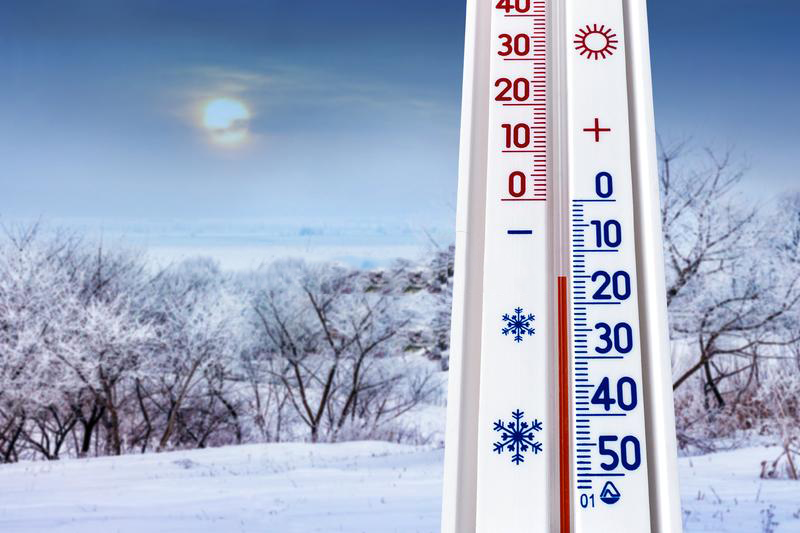Unlocking the Benefits of Cold Plunge: Your Ultimate Guide to Recovery and Wellness

In the pursuit of optimal recovery and revitalized wellness, many are turning to cold plunging as a transformative practice.
This ultimate guide will delve into the fundamentals of cold plunge therapy, revealing the science that underpins its effectiveness in physical recovery.
Whether you're an athlete looking to enhance performance or a wellness seeker aiming to rejuvenate your body and mind, understanding the benefits of cold water immersion is key.
Join us as we explore how to incorporate this invigorating technique into your routine, share personal success stories, and ensure your experience is both safe and impactful.
View Our Luxury Cold Therapy ProductsKey Takeaways
- Cold plunging involves immersing the body in cold water for therapeutic benefits.
- Scientific studies support cold water immersion as an effective recovery method.
- Top benefits include reduced muscle soreness, improved circulation, and enhanced mental clarity.
- Incorporating cold plunge sessions into your routine can boost physical performance and overall wellness.
- Safety is essential, so always follow guidelines and listen to your body's response when cold plunging.
1. What is a Cold Plunge? Understanding the Basics
A cold plunge is a form of cold water immersion, typically involving submerging the body in icy temperatures ranging from 50°F to 60°F (10°C to 15°C).
This practice has gained traction among athletes and wellness seekers alike, becoming a cornerstone in recovery regimens due to its profound physiological and psychological benefits.
When the body is exposed to cold water, it triggers a series of responses: vasoconstriction to reduce swelling and inflammation, a rush of endorphins that elevate mood, and enhanced circulation once the body warms back up.
This dual action not only promotes quicker recovery from muscle fatigue but also strengthens the immune system and reduces stress, making cold plunging an invaluable asset for anyone committed to their physical wellness journey.
Whether you are a seasoned athlete striving for peak performance or a health-conscious individual eager to embrace innovative biohacks, incorporating cold plunges into your routine can redefine your approach to recovery.
However, it’s essential to approach cold plunging with caution—understanding the necessary safety precautions will ensure you reap maximum benefits while minimizing risks.
2. The Science Behind Cold Water Immersion and Recovery
A cold plunge refers to the practice of immersing the body in cold water, typically at temperatures below 60°F (15°C), to promote recovery and enhance overall wellness.
This technique has roots in ancient bathing rituals and has recently gained traction among athletes and health-conscious individuals.
By exposing the body to cold water, blood vessels constrict, which can help reduce inflammation, muscle soreness, and fatigue after intense physical activity.
When the body warms back up, blood vessels dilate, returning fresh, oxygenated blood filtered through the tissues, effectively accelerating recovery.
Cold plunges can be easily integrated into a recovery routine, whether through cold baths, ice packs, or specialized plunge pools, providing not just physical but also mental resilience by fostering a powerful connection between body and mind.
As research continues to support the physiological benefits of cold exposure, many are discovering that the invigorating rush of a cold plunge not only revitalizes muscles but also reinvigorates the spirit, rendering it a transformational practice for athletes and wellness seekers alike.
'The body achieves what the mind believes.' - UnknownView Our Luxury Cold Therapy Products
3. Top Benefits of Cold Plunging for Physical Wellness
Cold plunging, often heralded as a powerhouse practice among athletes and health enthusiasts, offers an array of profound benefits for physical wellness.
Engaging in a cold plunge not only boosts circulation by prompting blood vessels to constrict and then expand, thereby enhancing cardiovascular health, but it also significantly aids in recovery after intense workouts.
The exposure to cold water reduces inflammation and muscle soreness, allowing athletes to bounce back more rapidly from exertion, while simultaneously improving their overall performance.
Additionally, the invigorating shock of cold water triggers a surge of endorphins, elevating mood and increasing mental clarity, which are critical for maintaining motivation and focus in rigorous training regimens.
As wellness seekers embrace this transformative practice, they discover that the cold plunge can also enhance immune function, leading to better health resilience.
In essence, incorporating cold plunging into one’s fitness routine not only cultivates physical strength but also nurtures a balanced, resilient mindset essential for overcoming life’s challenges.
4. Incorporating Cold Plunge into Your Recovery Routine
Incorporating a cold plunge into your recovery routine can elevate your athletic performance and overall wellness to new heights.
Cold plunges, routinely utilized by professional athletes for centuries, harness the power of cold water immersion to enhance muscle recovery, reduce inflammation, and improve circulation.
For those dedicated to optimizing their physical potential, the science behind cold plunging is compelling; it can stimulate the release of endorphins, leaving you both rejuvenated and invigorated.
Additionally, the contrast between hot workouts and cold recovery can rejuvenate your nervous system, improve sleep quality, and boost mental clarity—crucial elements for any health-conscious individual or biohacker striving for peak performance.
Embracing this practice not only fortifies your physical fitness but also fortifies your resolve, encouraging you to push boundaries and achieve your goals with resilience.
Whether you’re an elite athlete or a wellness seeker, making a cold plunge a staple in your recovery regimen can catalyze remarkable changes in both body and mind, guiding you to become the best version of yourself.
5. Safety Precautions and Tips for Effective Cold Plunging
Engaging in a cold plunge can yield remarkable benefits for athletes, wellness seekers, and health-conscious individuals alike, but adhering to proper safety precautions is paramount for a successful experience.
Before you take the plunge, ensure your body is adequately prepared; start with a gradual exposure to cold water through short, controlled immersions to acclimate your system and prevent shock.
It's crucial to monitor your body's signals—if you feel any signs of extreme discomfort, dizziness, or disorientation, exit the water immediately.
A recommended duration for cold plunges is typically between 2 to 10 minutes, depending on your tolerance level, and practicing breath control can enhance focus and aid in managing the cold.
Always consult with a medical professional if you have any pre-existing health conditions that might be exacerbated by this practice.
Hydration is equally important, so drink plenty of water before and after the plunge to maintain your bodily functions.
By integrating these safety tips into your cold plunge routine, you can maximize its therapeutic effects on muscle recovery, circulation, and mental clarity, all while inspiring yourself to push beyond your limits in the relentless pursuit of wellness.
6. Personal Experiences and Testimonials: Real-Life Benefits of Cold Plunge
In the realm of health and wellness, few practices have garnered as much attention and acclaim as the cold plunge, and for good reason.
Athletes and wellness seekers alike have shared transformative testimonials that emphasize the real-life benefits of incorporating cold immersion into their routines.
For instance, many report a significant reduction in muscle soreness and inflammation post-workout, enabling them to bounce back quicker and train harder.
Beyond physical recovery, cold plunges are celebrated for their mental clarity and emotional resilience; individuals have noted enhanced focus and a calming reduction in anxiety levels after their cold water sessions.
As a form of biohacking, the cold plunge not only serves to invigorate the body but also empowers the mind, allowing practitioners to cultivate a greater sense of discipline and strength.
The potent combination of physical and mental benefits illustrates why cold plunges have become a staple practice for those dedicated to optimizing their health and performance.
Frequently Asked Questions
What exactly is a cold plunge?
A cold plunge refers to immersing your body in cold water, typically at temperatures ranging from 50°F to 60°F (10°C to 15°C), which is believed to enhance recovery and improve overall wellness.
How does cold water immersion benefit my recovery?
Cold water immersion helps reduce inflammation, alleviate muscle soreness, and promote faster recovery after intense workouts, thanks to its effects on blood circulation and metabolic processes.
Can anyone use a cold plunge, or are there safety precautions?
While many people can safely use a cold plunge, it's important to consult a healthcare professional if you have medical conditions such as cardiovascular issues.
Always start gradually and listen to your body's signals.
How long should I stay in a cold plunge for effective results?
For optimal benefits, it is recommended to stay in a cold plunge for about 3 to 10 minutes.
However, beginners should start with shorter durations to adapt to the cold water.
Where can I find a cold plunge setup, and do I need special equipment?
Cold plunge setups can be found in gyms and wellness centers with spa facilities.
For home use, you can invest in a cold plunge tub or even use a standard bathtub filled with cold water and ice.




